Sample information |
|
| Picture |
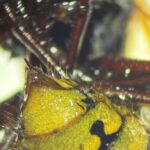
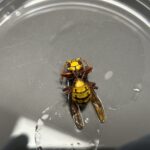
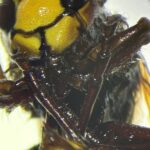
|
|---|---|
| Location | |
| Collection date | 09/07/2024 |
| Captive / Cultivated? | Wild-caught |
| Group | Edmund Burke School |
| Observations | Location description: Found on sidewalk Color: yellow, orange, dark red Six legs, two wings, orange antennae, abdomen tapers to a point Mandibles: dark red |
| Putative identification | Arthropoda Insecta Hymenoptera Vespidae Vespa Vespa crabro |
Methods |
|
| Extraction kit | DNeasy (Qiagen) |
| DNA extraction location | Partial abdomen |
| Single or Duplex PCR | Single Reaction |
| Gel electrophoresis system | MiniOne |
| Buffer | TBE |
| DNA stain | GelGreen |
| Gel images |
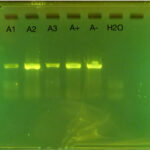
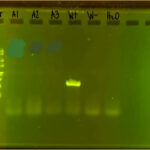
|
| Protocol notes | Gel Electrophoresis, Arthropod CO1 (Round 1): Gel Electrophoresis, Arthropod CO1 (Round 2): Gel Electrophoresis, Wolbachia 16s (Round 1): Gel Electrophoresis, Wolbachia 16s (Round 2): |
Results |
|
| Wolbachia presence | No |
| Confidence level | High |
| Explanation of confidence level | I am very confident in the results because the positive and negative Wolbachia controls showed up for Arthropod DNA, which meant that we did the PCR correctly. The water control had no green bands, which meant that there was no cross-contamination. I am very confident in the results for the Wolbachia DNA because the positive and negative controls for Wolbachia presented as they were supposed to, and we had no Arthropods positive for Wolbachia. |
| Wolbachia 16S sequence | |
| Arthropod COI sequence | Download FASTA
Download AB1
|
| Summary | The Vespa crabro was found to be negative for Wolbachia. |
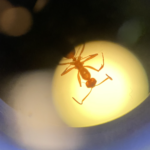 Formica Pallidefulva
Formica Pallidefulva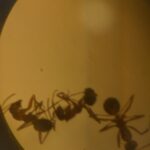 Formica Pallidefulva
Formica Pallidefulva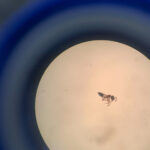 Ant
Ant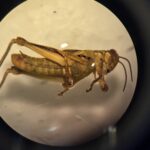 Differential Grasshopper – Melanoplus differentialis
Differential Grasshopper – Melanoplus differentialis Pill Bug (Armadillidium vulgare) – Draft
Pill Bug (Armadillidium vulgare) – Draft